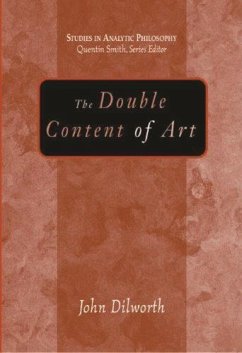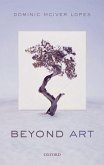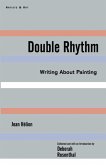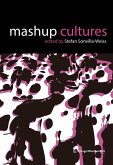In this original work on aesthetics, philosopher John Dilworth offers an unusual theory of the nature of artworks. The Double Content (DC) view is the first comprehensive theory of art that is able to satisfactorily explain the nature of all kinds of artworks in a unified way — whether paintings, novels, or musical and theatrical performances. Dilworth's basic thesis is that all such representational artworks involve two levels or kinds of representation: a first stage in which a concrete artifact represents an artwork, and a second stage in which that artwork in turn represents its subject matter. Thus Dilworth describes his approach as a double content (DC) theory, since arguably all content is the content of some representation or other. This fresh, even revolutionary, approach to art meets strong initial opposition from other current theories of art — for example, those that treat paintings as physical objects, or novels and other works of fiction as "types" that have copies or performances as instances. Dilworth devotes a good deal of space to a series of absorbing confrontations between his DC theory and more conventional views of art. An important additional strength of the book is that it provides a fundamental theoretical advance in our understanding of pictorial representation, showing that it involves two levels of representational content, as opposed to a simpler, single-stage kind of representation found in maps or diagrams. The final chapter develops a sophisticated general theory of representation based on these advances. This important new work will be of great interest to philosophers, cognitive scientists, aestheticians, artists, and art educators.








